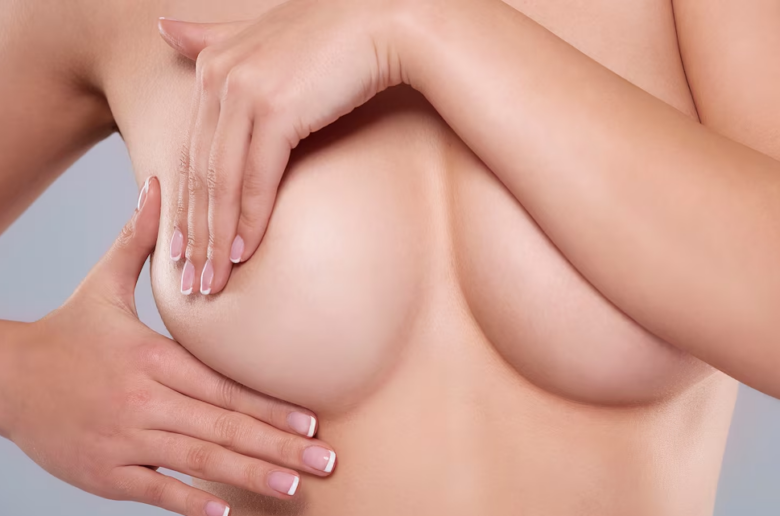Table of Contents
If you’ve ever come across the term breast vibrator and weren’t quite sure what it meant—or whether it was a wellness tool, a sex toy, or something in between—you’re not alone. Depending on the design, it might be used for comfort, stimulation, or even postpartum care, and that overlap can get confusing fast.
This guide breaks it down without the fluff, including the difference between breast vibrators vs vibrating nipple clamps. Whether you’re exploring sensation, managing tenderness, or just curious about what’s out there, we’ll walk through what breast vibrators actually are, how they’re used, and what to keep in mind when looking for one that fits your needs.
Breast Vibrator vs. Nipple Toys vs. Massagers
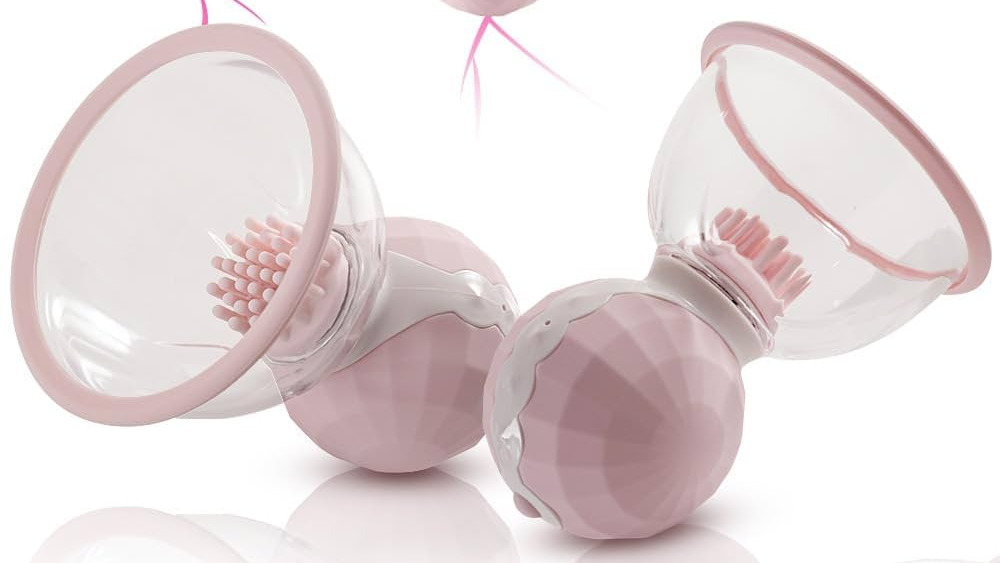
A breast vibrator is pretty much what it sounds like—a toy or device that vibrates and is designed for use on your chest. Some focus on the nipples, some cover more of the breast area, and some kind of land somewhere in between.
That said, the term “breast vibrator” is a bit loose, and a lot of different products get grouped under that name.
You might see:
- Nipple vibrators – usually small, focused, and meant for play
- Suction toys with vibration – can be worn over the nipples for a pulsing, tingly feeling
- Breast massagers – often marketed for comfort, PMS relief, or even breastfeeding
- Lactation tools – technically not sex toys, but some use gentle vibration to help with milk flow or clogged ducts
Some of these are clearly meant for pleasure. Others are designed for comfort or recovery. And a few just kind of blur the line—like wearable suction cups that vibrate but also say they’re “great for sore breasts.” (Which, okay… could be both?)
That’s why it helps to look past the label and focus on what the toy actually does. What kind of stimulation does it offer? Where does it apply pressure? Is it shaped for a nipple, a whole breast, or something more general?
The short version: a breast vibrator isn’t one thing. It’s a category with a lot of overlap, so figuring out your goal (comfort, pleasure, curiosity, etc.) will help more than just reading the product name.
Using a Breast Vibrator (Not Just for Pleasure)
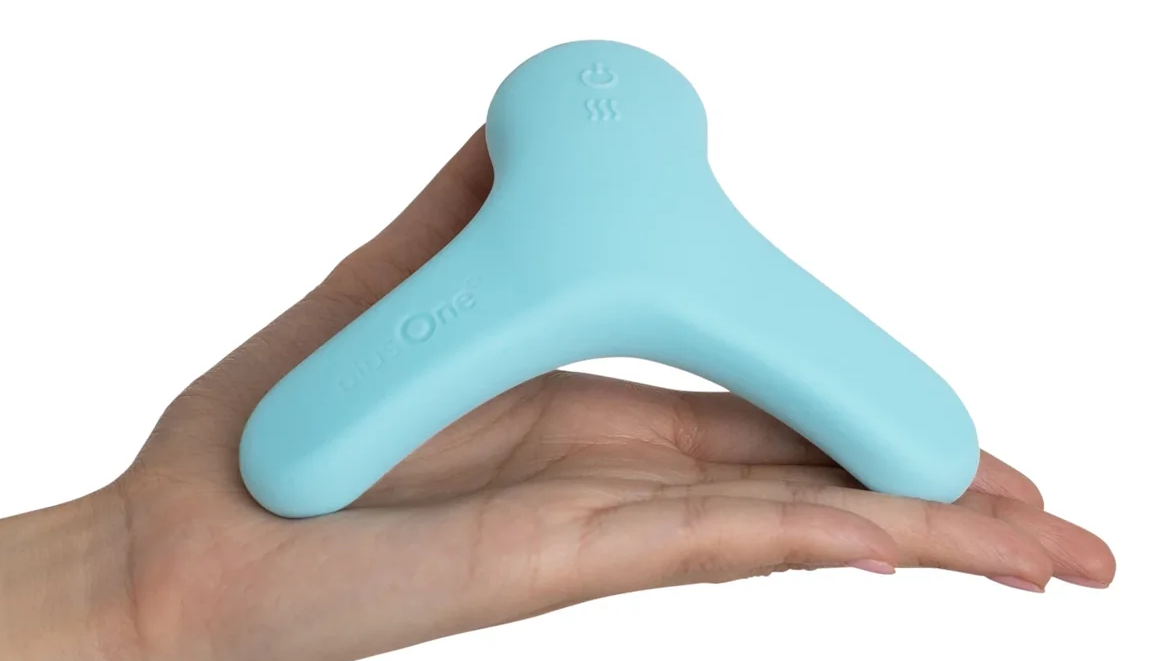
People use breast vibrators for a bunch of different reasons—some purely practical, some for pleasure, and some for both. It all depends on what you’re looking for and what kind of design you’re using.
A. Body-Care & Comfort Stuff
Not every breast vibrator is about sex. Some are used more like wellness tools—kind of like a facial massager, but for your chest.
- To ease tension or soreness, especially during PMS or hormonal shifts
- To boost circulation, which can help with sensitivity or just make things feel more alive
- To help with clogged ducts or letdown if you’re breastfeeding (though dedicated lactation massagers are usually better for that)
- To reduce that heavy, engorged feeling if you’re dealing with swelling or pressure
Some people use low-vibration tools to reconnect with their body or manage chronic tenderness. It’s not about fixing anything—it’s just one more way to feel a bit better in your own skin.
B. Pleasure & Sensory Stuff
On the flip side, yeah—breast vibrators can totally be used for fun too.
- Nipple play or teasing (either solo or with a partner)
- Exploring sensitivity outside the genitals—especially if direct clit or penetration toys feel too intense
- Soft sensory play like layering vibrations with blindfolds, heat/cooling, or gentle suction
- Mixing things up during masturbation or warm-up, especially if you want more variety than just going straight to one spot
For some people, nipple or breast stimulation is the main event. For others, it’s a slow build or background texture that makes everything else feel better.
How to Use a Breast Vibrator Safely and Comfortably
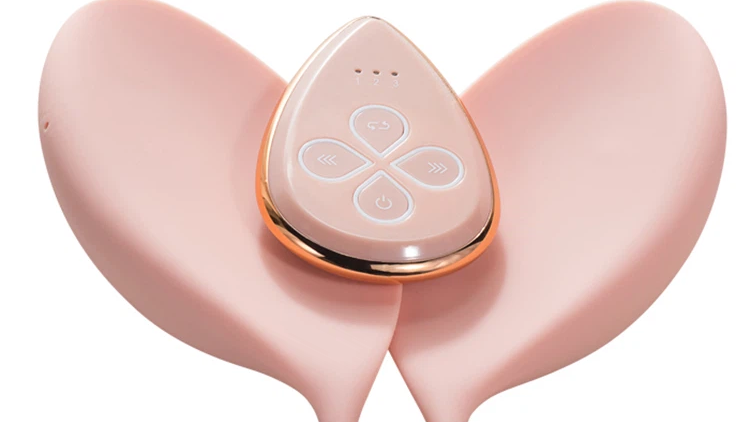
Using a breast vibrator doesn’t need to be complicated, but if you’ve never tried one before, or you’re not sure what kind you have, here are a few things to keep in mind. This isn’t about rules—it’s just what helps make the experience more comfortable and actually enjoyable.
 Start with clean, dry skin
Start with clean, dry skin
You don’t need a whole prep routine, but it’s a good idea to use the toy on clean skin, especially if it’s making full contact. Wipe it down before and after, too—especially if you’re switching between different parts of your body.
 Go slow and light
Go slow and light
Breast tissue is sensitive in a different way than other areas. Start with the lowest setting if your toy has multiple speeds, and don’t press it hard against your skin. Let the vibration do the work. You can always increase pressure later if it feels good.
 Lube is optional—but can help
Lube is optional—but can help
If you’re using a firmer toy or one designed for nipples specifically, a bit of water-based lube can reduce friction and make things feel smoother. Totally optional, but helpful for some.
 Clean it like you mean it
Clean it like you mean it
Most breast toys are either silicone or plastic, and they can be cleaned with mild soap and warm water. Just make sure it’s fully dry before you store it. If it’s not waterproof, stick to a damp cloth and avoid submerging it.
 When not to use it
When not to use it
Skip it if you’ve got:
- Cracked or broken skin
- Irritation or rash
- Fresh piercings or healing surgery sites
- Any kind of active infection or plugged duct (unless cleared by a doctor or lactation consultant)
Also, if you’re breastfeeding or pumping, be extra careful and use toys that are designed for that purpose—or at least check with a provider who’s supportive of those tools. Not every vibration device is safe for milk ducts or sensitive hormonal stages.
What to Look for in a Body-Safe Breast Vibrator
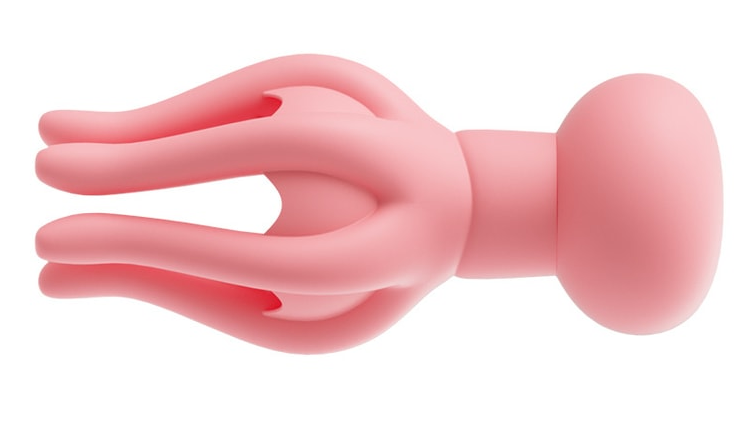
Breast vibrators come in a weird mix of shapes, features, and buzzwords. Some are clearly made for comfort, some are clearly made for fun, and some… honestly look like they weren’t designed for humans at all. Here’s how to cut through the confusion.
 Look for:
Look for:
- Clear purpose
Is it meant for massage? For stimulation? For both? Good product pages will tell you exactly what it’s for—not just “great for everything!” - Body-safe materials
Look for silicone (medical-grade or labeled as body-safe), ABS plastic, or similar non-porous surfaces. If it says “jelly” or doesn’t list the material at all, skip it. - Adjustable vibration settings
Being able to control the strength (and sometimes the pattern) helps a lot. Especially on sensitive areas like the chest, it’s better to start low and work your way up. - Rechargeable or waterproof? Even better.
Rechargeable means fewer batteries. Waterproof means easier cleaning. Not dealbreakers, but nice to have. - Realistic reviews
Look for comments that mention how it feels, what it’s best for, or what didn’t work. “Amazing product!!!” doesn’t tell you anything.
 What to avoid:
What to avoid:
- Overly vague listings
If the product doesn’t explain how it’s used or what materials it’s made from, that’s not a good sign. - Buzzwords like “for enhancement” without context
Some listings suggest it’ll make your breasts bigger or firmer. There’s no actual science behind that—just temporary puffiness from blood flow. - Super low prices with zero specs
If it’s $4 with no reviews and no brand info, that’s a gamble—not a good deal.
Basically: if the product page leaves you guessing, it’s probably not the one. Stick to brands that are transparent about what you’re putting on your body, even if it means paying a little more for something that won’t weird you out later.
Common Breast Vibrator Misconceptions
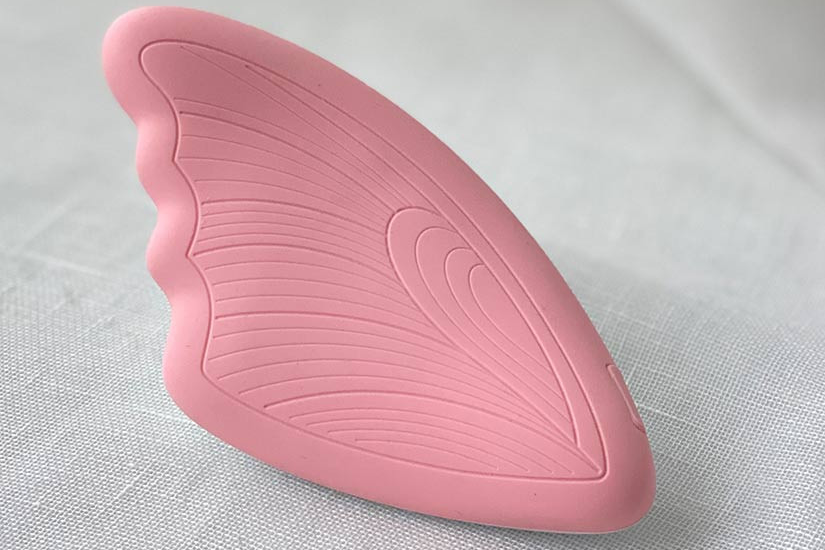
This isn’t about repeating the usual “can you use it during breastfeeding?” stuff. These are the quieter assumptions—the ones people don’t always say out loud, but still kind of believe. So let’s clear those up.
 “Vibrators only ‘work’ if they make you finish.”
“Vibrators only ‘work’ if they make you finish.”
Reality: Not every kind of stimulation has to be goal-oriented. A breast vibrator might not be about climax—it might just help you relax, reconnect, or feel more sensation in a place you usually ignore. That’s valid, too.
 “If I don’t feel anything right away, it must not be for me.”
“If I don’t feel anything right away, it must not be for me.”
Reality: Chest sensitivity varies a lot, and it’s not always immediate. Some people need time to warm up. Others might respond more to suction or pressure than vibration. If something doesn’t feel great in 10 seconds, that doesn’t mean your body’s broken—it just might not be the right match.
 “Soft vibrations are useless.”
“Soft vibrations are useless.”
Reality: For breast and nipple areas, gentle can actually be better. High-pitched buzzy toys might feel numbing or annoying fast. A well-placed low vibration can be way more effective—and less overwhelming, especially during a longer session or paired with other sensations.
 “Using a toy here means I don’t like my body.”
“Using a toy here means I don’t like my body.”
Reality: This one sneaks up on people. But exploring your chest with tools, toys, or touch doesn’t mean you’re dissatisfied—it often means you’re curious, self-aware, and comfortable enough to try something new. That’s not avoidance—it’s presence.
Breast Vibrator Final Thoughts
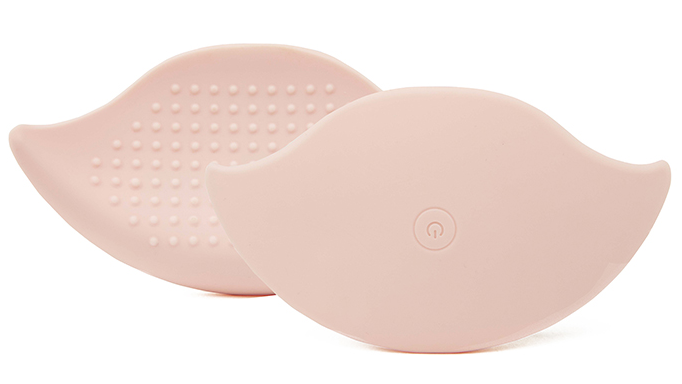
Exploring sensation doesn’t have to be about fixing something or chasing some goal. Sometimes it’s just about being present in your body, especially in places that often get overlooked or treated like they don’t matter unless someone else is involved.
Breast vibrators, like any tool, aren’t for everyone. But they can be part of reconnecting, experimenting, or simply figuring out what feels good on your own terms. That’s reason enough.
And if you’re curious about something a little more focused, especially around nipple sensitivity, Lovense makes a set of wearable vibrating nipple clamps – Gemini. Or if you’re into dual stimulation, you can check out the G-spot & clit vibrator set. It’s one way to explore—quietly, comfortably, and on your own time.
Want More Breast Articles?
- What is Breast Bondage? Learn the Basics and Safety
- Nipple Suckers for Beginners: Types, Tips & What No One Tells You
- Exploring Nipple Orgasms: Tips for Intense Sensual Pleasure
- Effects of Vibrating Nipple Clamps: Clamping Down on Inhibition

